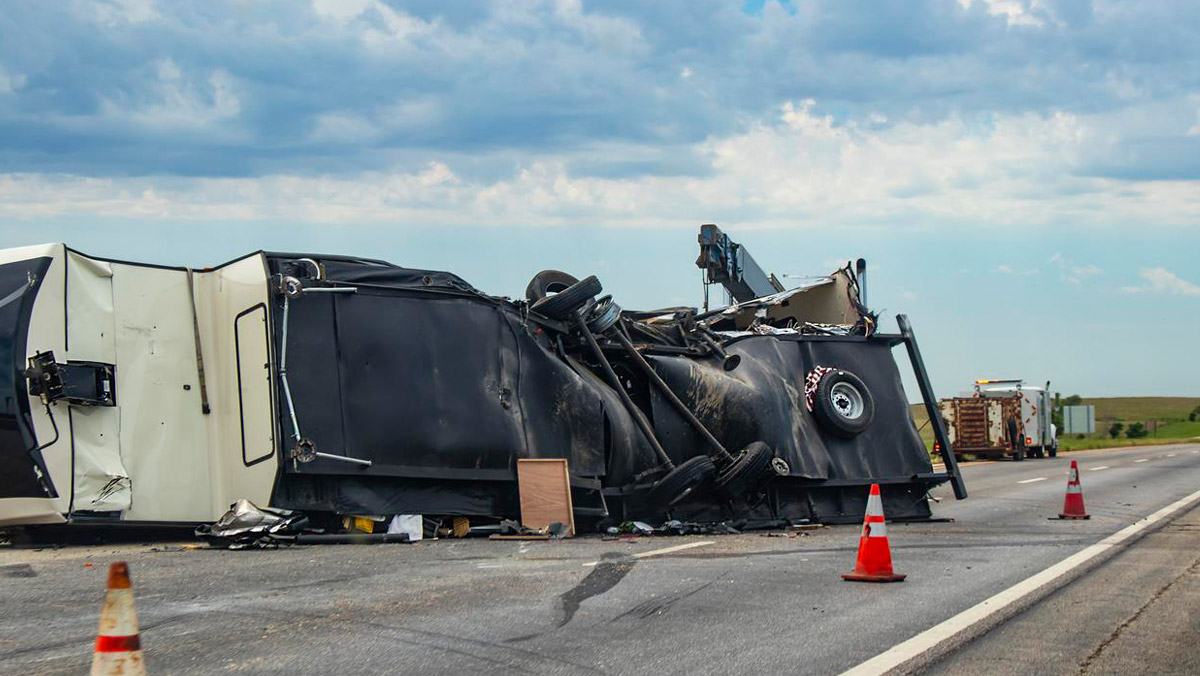When injuries result from a commercial truck wreck, the subsequent legal claims tend to be handled in ways that are significantly different from claims involving regular passenger vehicles. Truck accident cases often have many parties involved, some of whom have very sophisticated ways of minimizing or altogether avoiding liability.
Evidence is the key to the injured person’s success. Semi-trucks and 18-wheelers are often insured for $1 million or more, unlike regular car drivers, who may have $60,000 or $70,000 of coverage. Because so much money is at stake, trucking company lawyers and insurance companies move quickly to obtain and analyze evidence. It is critical that the injured person’s lawyer act with urgency as well, because collecting and preserving evidence is often the most crucial part of these cases.
Sources of Evidence
As in any car accident case, some of the evidence in a big rig wreck will come from the usual sources – eye witness statements and police reports, for example. But today’s trucking industry is heavily regulated for the safety of everyone on the road, and the result is that modern trucks are equipped with technology that records vast amounts of data about how, when, and where the truck is driven.
The combination of safety rules and technology means access to valuable evidence. Here are just a few examples of what an experienced Texas truck accident lawyer will examine when handling your case:
- Electronic logging devices: There are strict rules about how long a truck driver can drive. The driver must record drive time in a logbook or (more commonly) the hours are tracked by the truck’s electronic logging device, or ELD. The ELD will show whether the driver was getting proper rest or was instead pushing too hard and risking fatigue. Fatigue is a very common cause of truck wrecks, so evidence of driving hours violations is powerful.
- Electronic control module: Much like airplanes, trucks have “black boxes,” known as electronic control modules, or ECMs. The ECM collects data about everything from throttle inputs to brake applications, voltage and other engine functions. ECM data is critical because it can show exactly how fast a truck was moving at impact, when the brakes were applied, and much more. This information helps a lawyer create a highly accurate reconstruction of what happened leading up to the crash.
- Dash cams and other videos: Trucking companies today usually install dash cams in their trucks in order to better understand driver performance. These cameras are always recording, so footage from them is helpful in any accident scenario. For example, a dash cam could record a driver dozing off at the wheel or texting on his phone at the time of the accident. In Texas, highways are often lined with traffic cameras. Your crash may have been caught on one of these cameras. It is not easy to obtain the footage, but your lawyer should fight to do so.
Safety Concerns?
These are just a few sources of evidence we examine when we handle a truck accident injury claim at Ted B. Lyon & Associates. If you or someone you love was hurt in a Texas truck wreck, we’re ready to hear from you.





